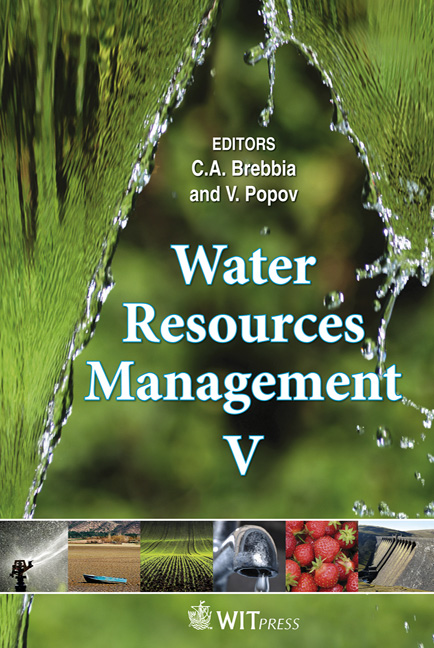Characterization Of Lead And Arsenic Levels In Sediment Of The Lower Basin Of The San Pedro River, Mexico And Its Importance Regarding Human Health
Price
Free (open access)
Transaction
Volume
125
Pages
7
Page Range
237 - 243
Published
2009
Size
371 kb
Paper DOI
10.2495/WRM090221
Copyright
WIT Press
Author(s)
B. E. Melendez, A. H. Rubio, R. Quintana & C. Pinedo
Abstract
This study was conducted in a major agricultural area in the state of Chihuahua, Mexico. Sediment samples were collected from five sites in the San Pedro River basin with the objective of detecting levels of cadmium (Cd), arsenic (As) and lead (Pb). Site 1 was located near the Presa las Virgenes dam (PV), site 2 near the locations of Delicias-Rosales (RD), site 3 near the town of Meoqui (M), site 4 in the community of El Torreon (ET) and site 5 near the communities of Junta de los Rios Conchos and San Pedro (LJ). The metals analysis was conducted using an Inductively Couplet Plasma Atomic Emission Spectrometer (ICP-OES) Perkin Elemer 2000. The results were compared with NOM-147- SEMARNAT/SSA1-2004. Cd levels were not determined in any soil sample. The results indicated that Pb levels were below the established NOM-147 and that location M had the highest value with a mean of 9.15 mg kg-1. The highest concentration levels of arsenic were found in the RD locale with 14.56 mg kg-1 during the December sampling. In conclusion, lead and arsenic levels in mud from the San Pedro River basin are below the norm. Still, As levels might be significant to human health, especially for the communities established along the San Pedro River. Keywords: metals, lead, arsenic, Mexico, human health.
Keywords
metals, lead, arsenic, Mexico, human health





